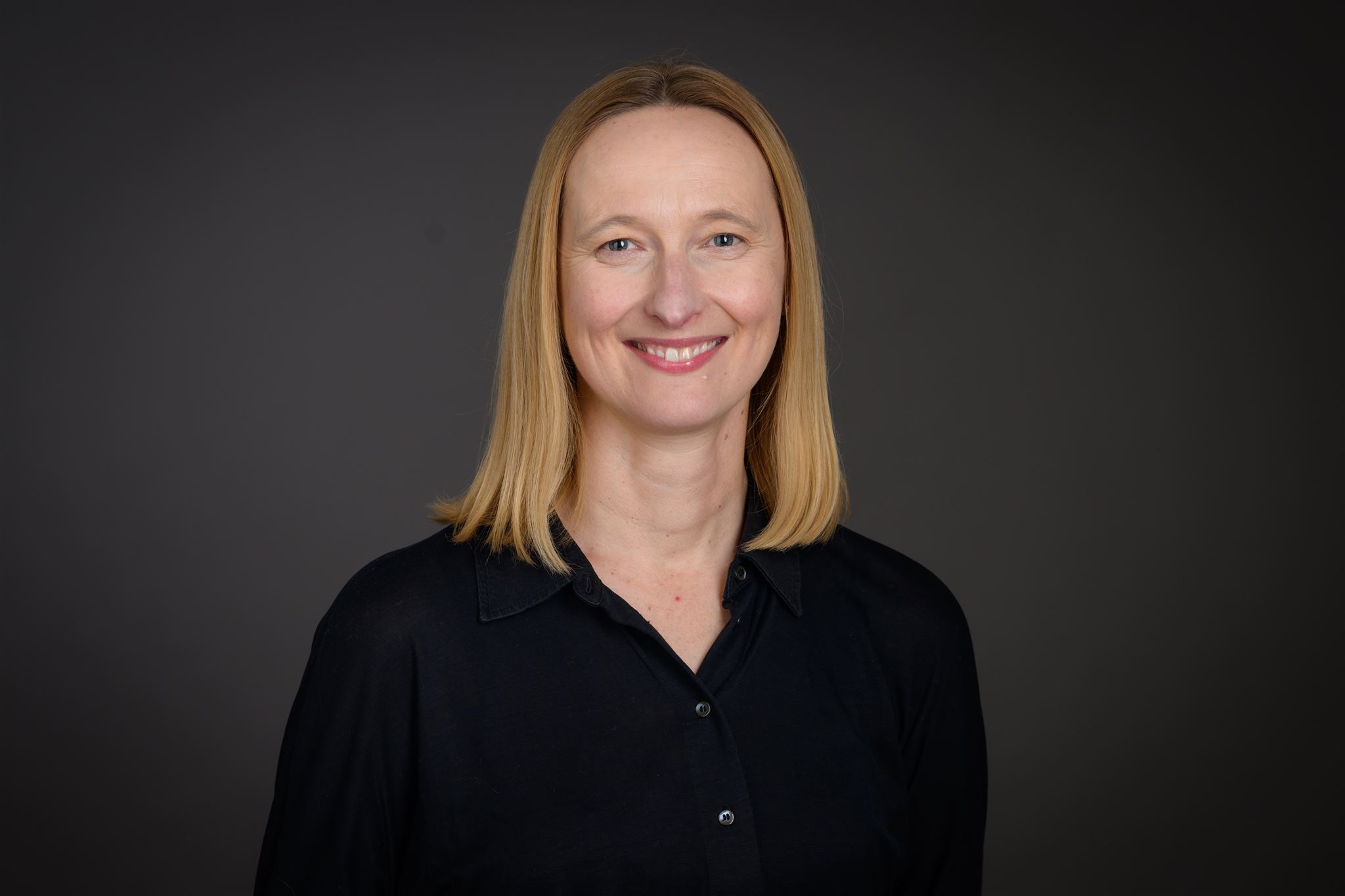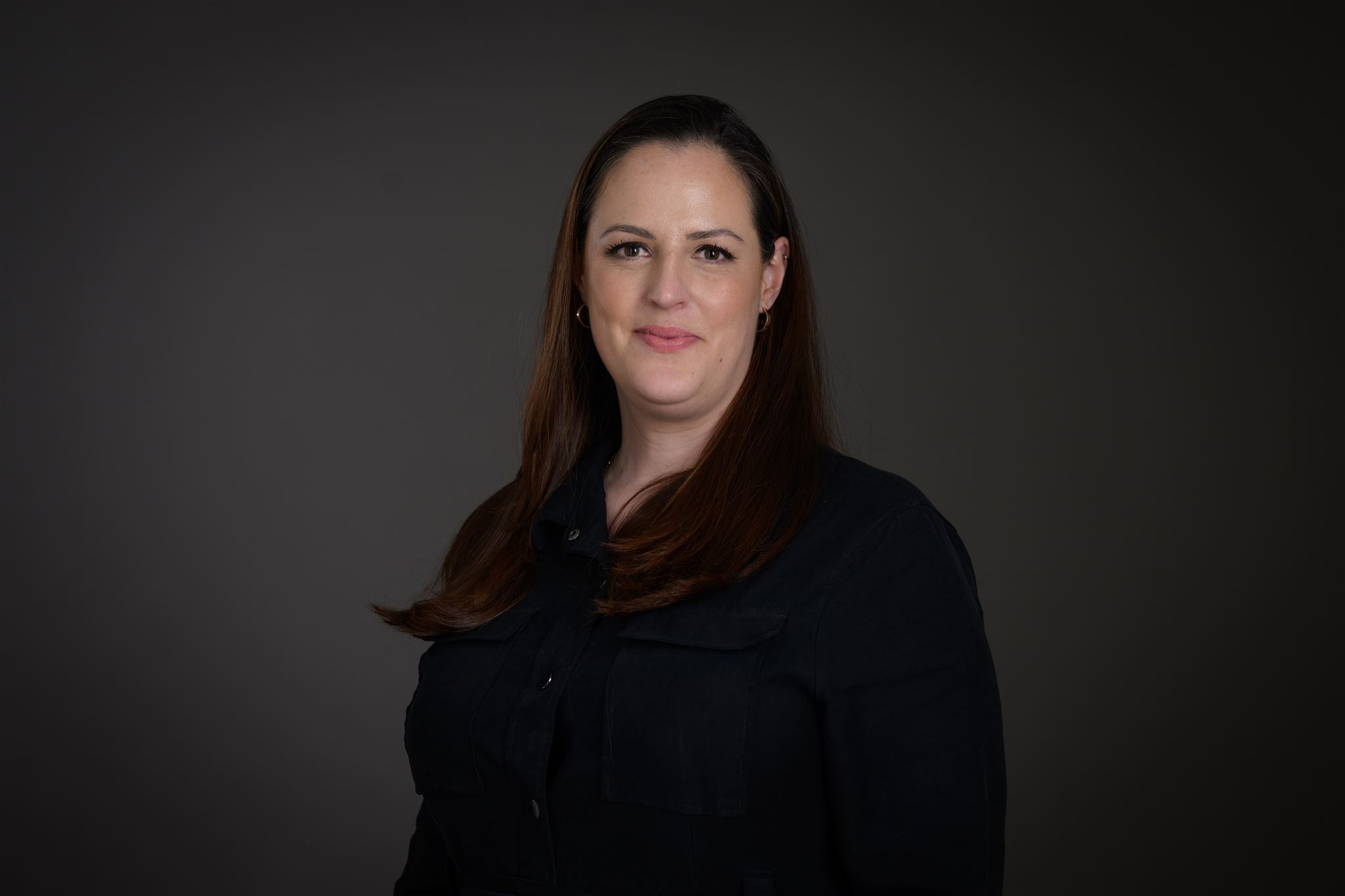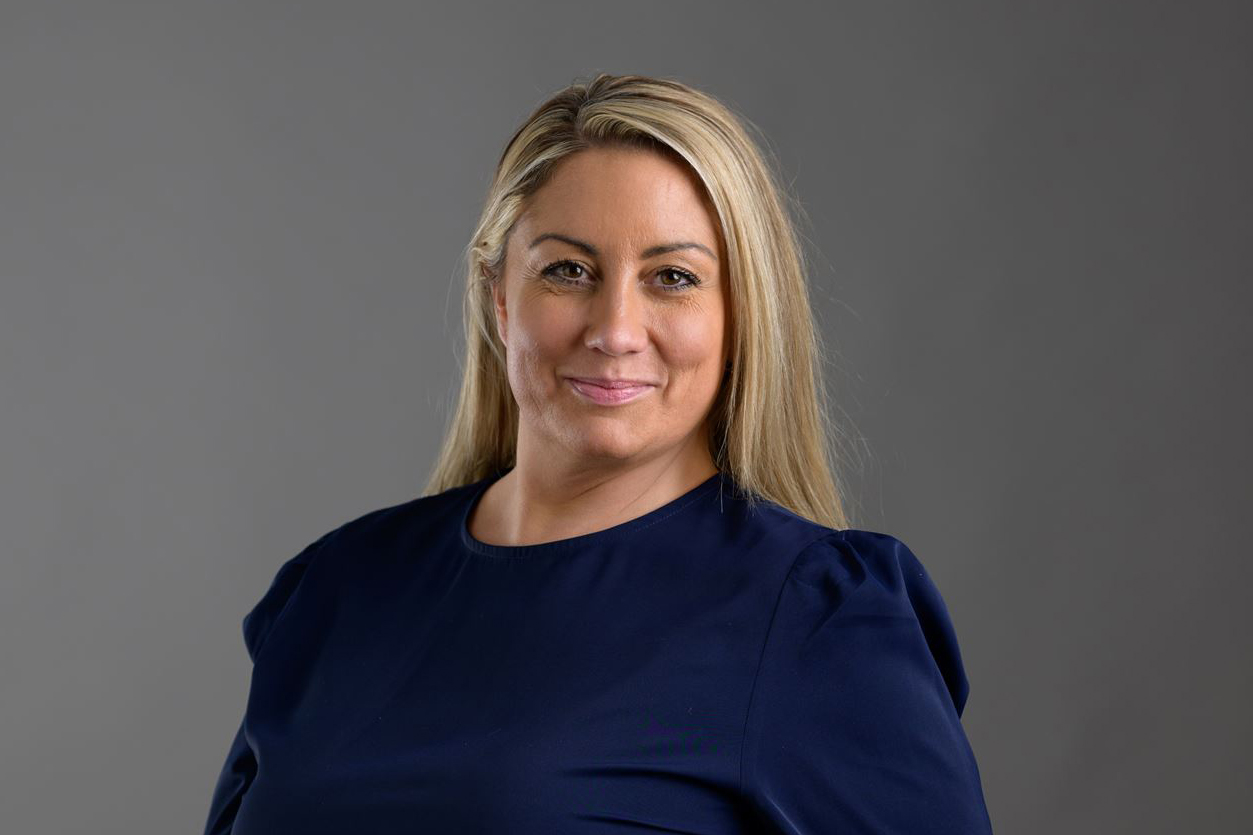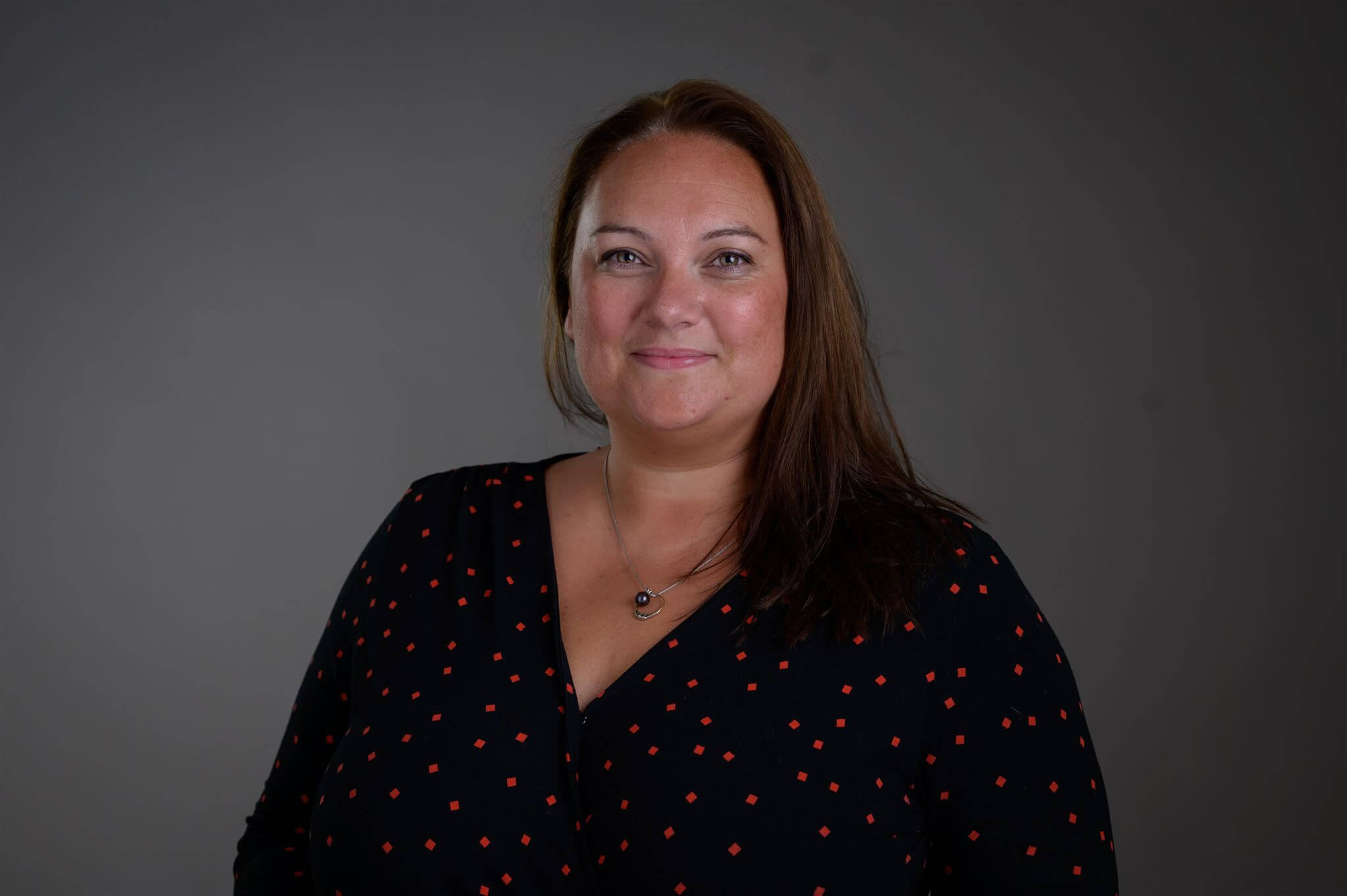Katrina Stewart – Partner, Oakleaf Executive.
Businesses have made enormous progress in the last few years by stepping up their commitment to diversity. A more diverse workforce dramatically improves both the productivity and culture of an organisation. Innovative ideas have led the way in some sectors such as tech, where there is a need to diversify their workforce to represent their customer base.
Examples of this are booking.com and their first-ever Women in Tech Code-a-thon, and Microsoft and their alternative recruitment and retention methods for applicants with Autism. Building a diverse and inclusive business has shown to increase revenue and give companies a competitive edge.
Overall, companies that successfully make diversity a priority tend to outperform less diverse companies significantly and capture more market share. Leaders of organisations who champion inclusion can also bolster the mental health of their workforce. By doing so they reduce absenteeism, encourages early intervention and increases the productivity of their business.
I have a great job that allows me to meet successful and driven HR professionals every day. I pose the question to them about how they implement an inclusive and diverse culture. I ask them how they care for the mental wellbeing of their employees, not just the physical. Stand out HR and diversity professionals understand that it isn’t a one size fits all approach.
They are able to build sustainable programs to retain staff and use preventative methods to create a healthy mental and physical workforce. They encourage leaders of business to share their experiences of inclusion, mental and physical poor health, and how they have overcome adversity.
In the last 10 days, I have been privileged to learn more about wellbeing in the workplace through the wonderful Rob Stephenson
Some key facts he shared with me:
- Poor mental health costs employers between £33 billion and £42 billion a year
- 83% of employees could improve mental wellbeing
- Mental illness will affect 15% of the UK population
- 1 in 4 of us will experience some form of mental poor health
The Retail industry faces the challenges related to mental health as well as inclusion, arguably, more acutely than some other sectors – as the industry is undergoing seismic changes and radical transformation, affecting the lives of 2.9m people employed in the retail in the UK.
I had the pleasure to meet Yulia O’Mahony – Head of D&I and Wellbeing at John Lewis Partnership and she was delighted to share some of the work they have been doing.
Can you tell me a bit about your role at the John Lewis Partnership?
“My role is new – it was created only a year ago, as we realised that though we have been investing in Partners’ wellbeing from 1929, when our health service was first established, we needed to have a strategic review of our approach in line with changing times. Since then, I have been working closely with JLP’s executive team and other senior leaders to get to grips with what wellbeing and inclusion mean in today’s world as well as the impact it has on the UK’s largest co-owned business (all our employees are Partners in the business). I’ve been developing JLP’s wellbeing and D&I strategy and piloting some new initiatives through working with various commercial as well as academics and charitable organisations such as IGD, Samaritans and Wellcome Trust.“
Mental health is a subject which is rising higher and higher on the employer’s agenda. How have you gone about tackling mental health and the stigma that tend to be associated with it?
“We started with the notion that we all have mental health all the time, and we need to take care of it in the same way we take care of our body – like exercising or eating healthily. Therefore, we set out to develop a spectrum of options – starting with tools to look after your mind, where we partnered with Unmind to offer their mental health and wellbeing platform to all our Partners. The app provides a range of tools and training backed by latest research and it is easily accessible by our 83,000 Partners based in c. 500 locations – which is not easily achievable by other methods! We also wanted to develop training for peer to peer support – as peers are more likely to have a day to day contact with someone and can more easily spot changes in someone’s behaviour and initiate conversations. We have partnered with expert listeners – the Samaritans – as well as 7 other retailers to develop the training, called Wellbeing in Retail. We launched it on World Mental Health day and it is now can be accessed by other companies as well.“
Can you tell me more about Wellbeing in Retail you just launched with Samaritans?
“It is unprecedented for the retailers to collaborate, but it is an industry-first effort to pull together resources and expertise to try and tackle the growing issue of mental ill health though raising awareness and helping people to be better equipped to spot signs and have a conversation. Our sense was that we cannot solve the problem alone and collaboration seemed a natural way to tackle this. The Wellbeing in Retail guide was developed specifically for the retail industry – the images and scenarios are selected so that they resonate with those who work in various retail contexts – such as warehouse, shop, call centre, head office. Developed by experts from Samaritans, the guide aims to help you look after your own mental health, gives advice on how to support others who may be struggling and signposts where to go for extra help.“
How do you bring inclusion to this agenda? Can you talk about the main elements of your D&I strategy?
“Our D&I strategy has three elements: data analysis and interventions design; leadership engagement and learning from positive examples – where were we able to make a difference, what are the “pockets of excellence” doing differently; and thirdly, building a movement – celebrating our diversity and having courageous conversations. We thought that it would be better to start with what unites us all rather than separates, and this year, a big focus for us was on flexible working – what it means for all different groups and job roles and how we can make balancing work and life outside work easier. Interestingly, it is less about policy and more about cultural norms.“
What advice would you give organisations who want to build a healthy and inclusive workplace?
“Start with a conversation and listen – it is amazing what tremendous impact small things like this can have. The campaign such as This Is Me, which has started from the City, has now spread to more locations and more and more companies are taking part – it is a testament to the power of a ground up movement, but also something so fundamentally human. By listening to each other’s’ stories, we can gradually normalise the conversation about mental ill health as well as move the dialogue to prevention, and not only reactive measures. Role model from the top is crucial as well – by setting a positive example, sharing your story and showing vulnerability you can start shifting your workplace culture.“
For further information on the John Lewis Partnership’s Working Well campaign visit www.johnlewispartnership.co.uk/workingwell #WorkingWell




